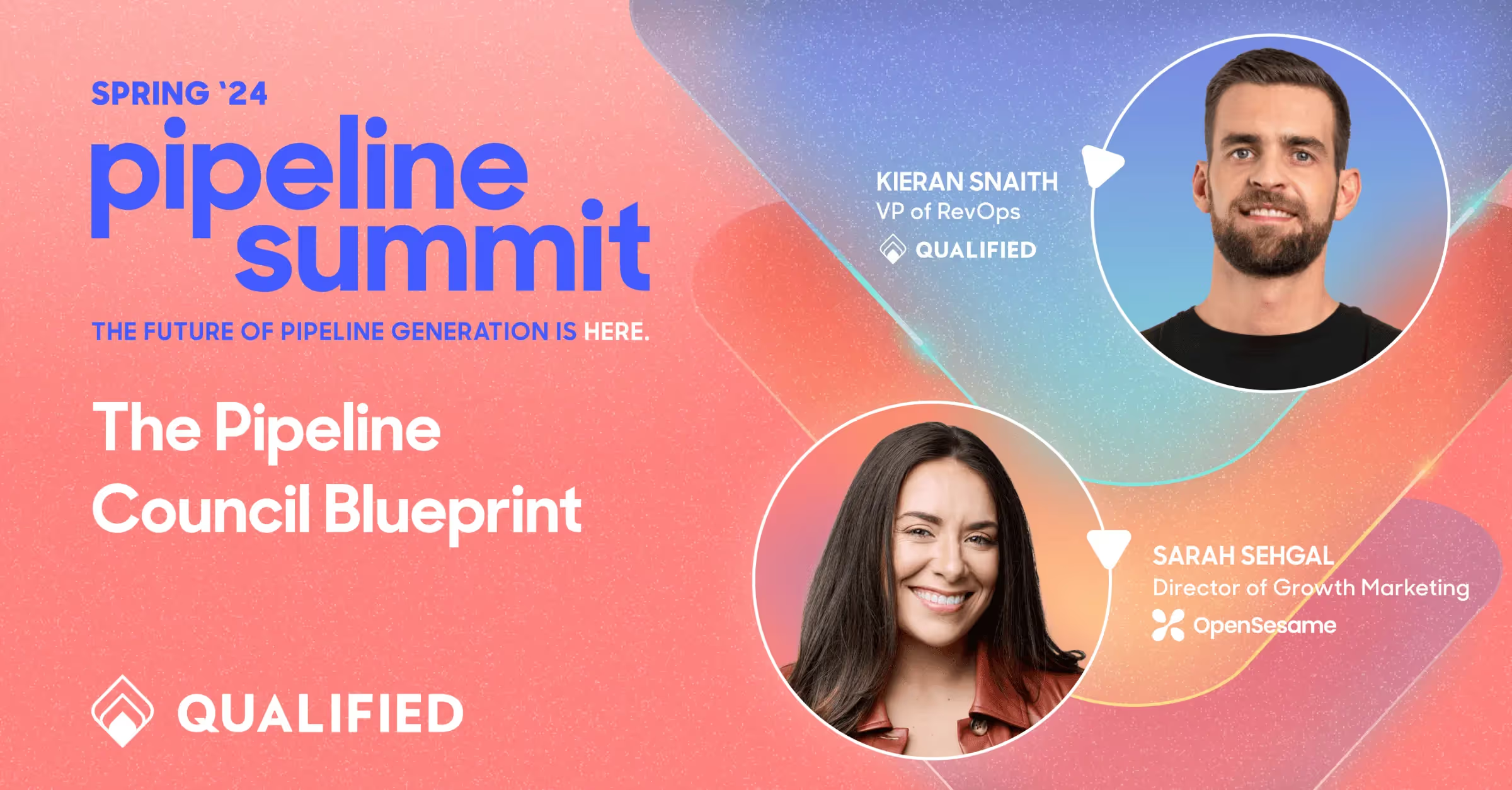The Pipeline Council Blueprint
Marketing and sales alignment is crucial to hitting your pipeline targets. Learn how to build your own weekly sync that keeps everyone on the same page.





Marketing and sales alignment is crucial to hitting your pipeline targets. Learn how to build your own weekly sync that keeps everyone on the same page.


Stay up to date with weekly drops of fresh B2B marketing and sales content.
Marketing and sales alignment is crucial to hitting your pipeline targets. Learn how to build your own weekly sync that keeps everyone on the same page.



Stay up to date with weekly drops of fresh B2B marketing and sales content.
Marketing and sales alignment is crucial to hitting your pipeline targets. Learn how to build your own weekly sync that keeps everyone on the same page.



Stay up to date with weekly drops of fresh B2B marketing and sales content.
Marketing and sales alignment is crucial to hitting your pipeline targets. Learn how to build your own weekly sync that keeps everyone on the same page.



Discover how we can help you convert more prospects into pipeline–right from your website.